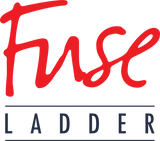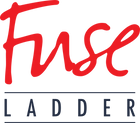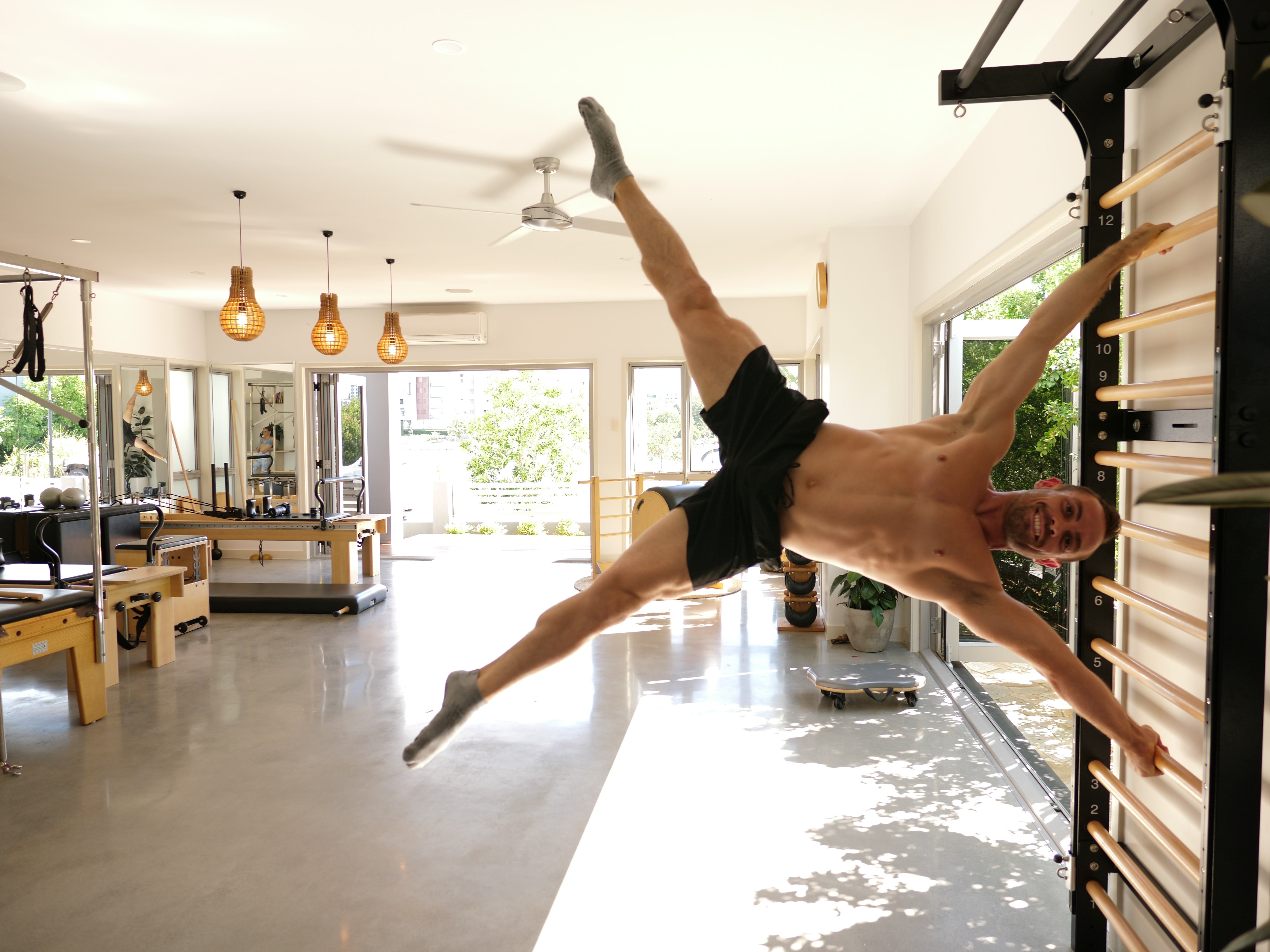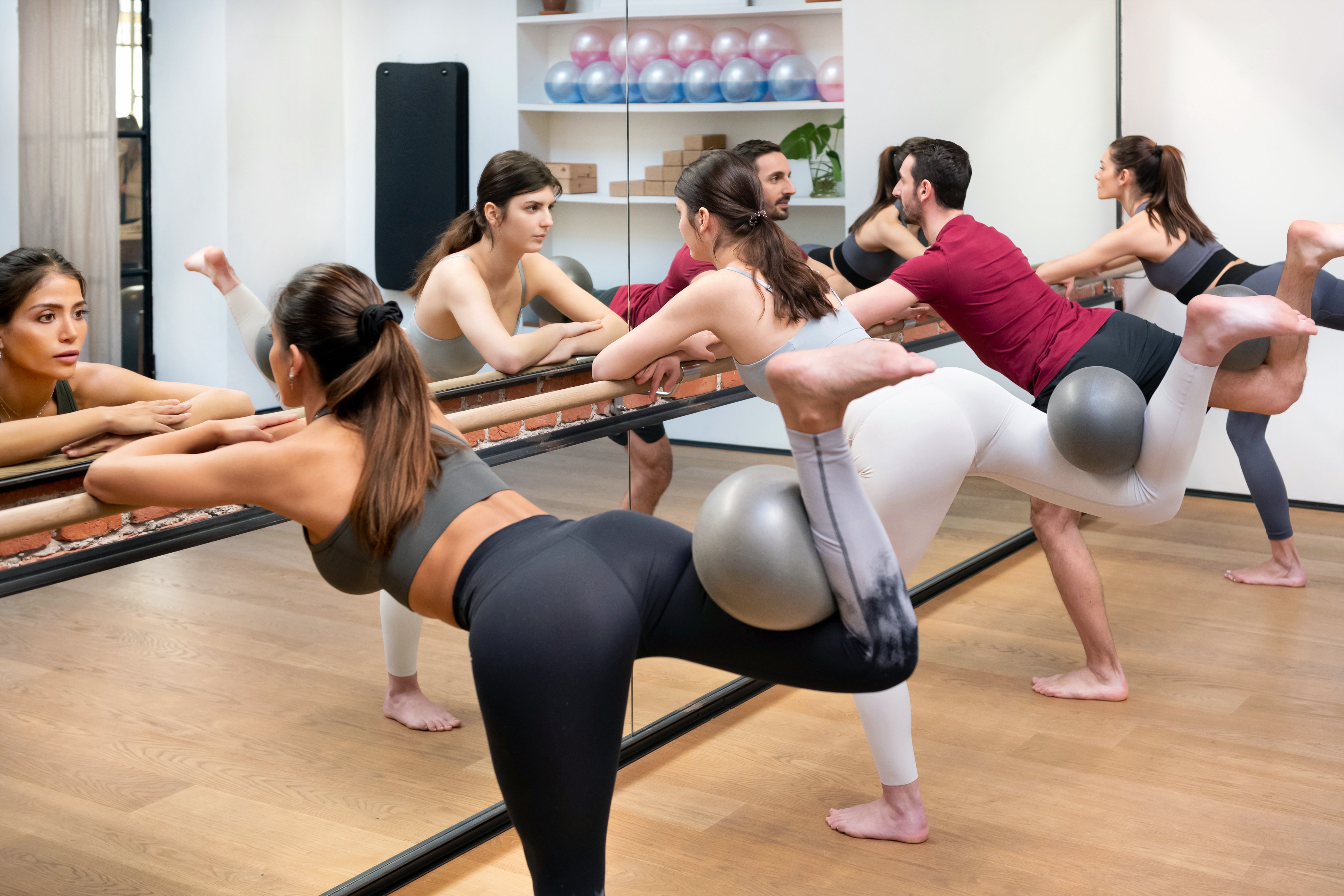Celebrating Our Inspiration Part 3 - Lotte Berk
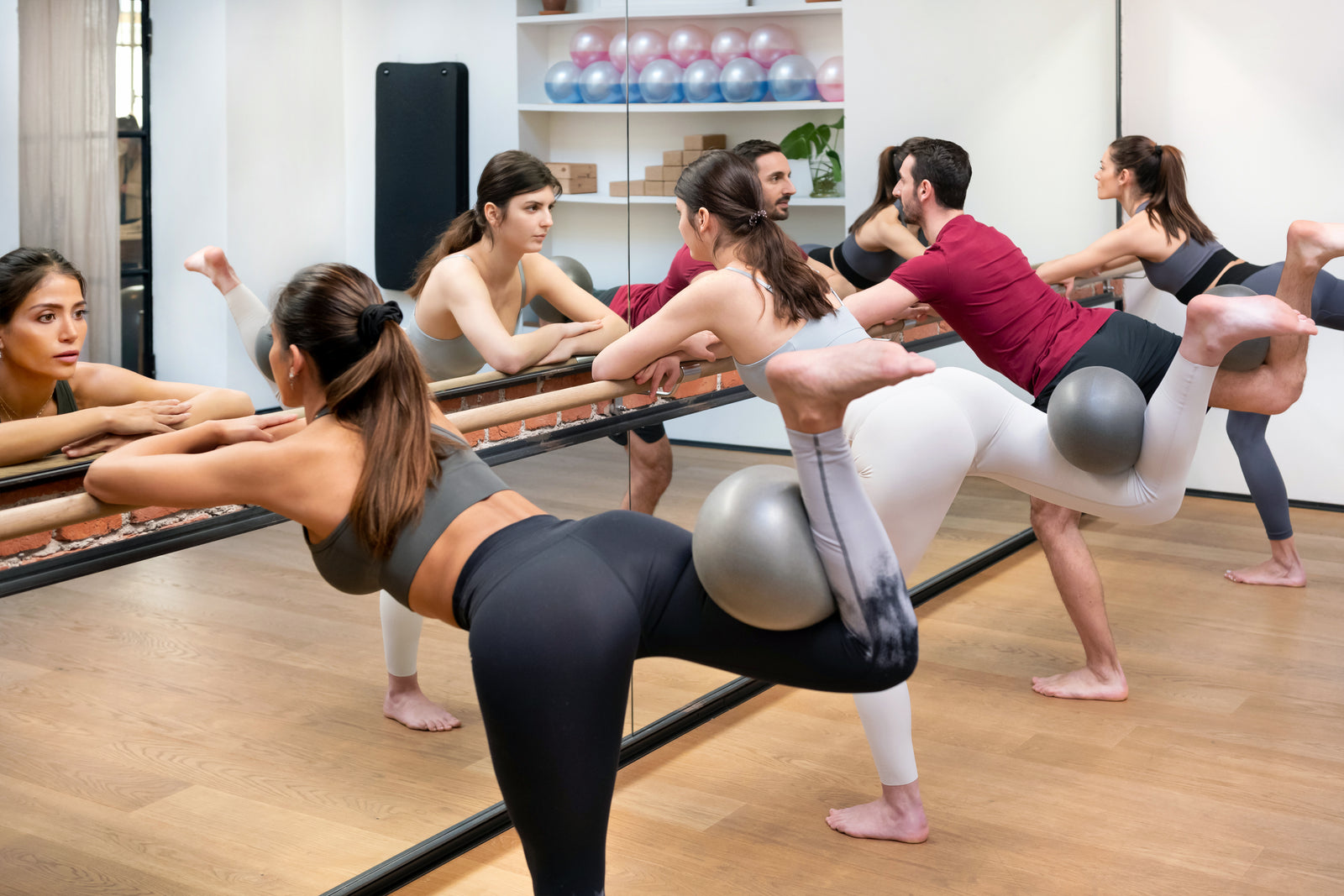
Who Started Barre Classes Anyway?
When you think of barre classes, you might think of what ballet dancers do, but more likely, you think of the popular classes from companies like the Bar Method, Physique 57, PureBarre, Barre3 and multiple other brands. These are based on a workout created by German-born dancer and fitness instructor Lotte Berk.
Berk was born in 1913 in Cologne, Germany, and began her career as a dancer in Berlin in the 1930s. She fled to London in 1938 to escape Nazi persecution and continued to perform there until the 1950s.
In the late 1950s, Berk began teaching a fitness class (not called a barre class) in her basement studio in London's Notting Hill neighborhood (like the movie with Julia Roberts!), using techniques she had developed to help alleviate chronic back pain she had suffered since a serious injury in her early 20s. Her method focused on strengthening the core muscles and improving flexibility, balance, and posture. She was an eccentric woman who named some of exercises things like “the prostitute” and “the peeing dog.” In fact, she was a little obsessed with sex, although that’s not something I learned in any barre class I’ve ever taken.
Barre Classes Enter the U.S.
Berk moved her (still not called barre classes) to New York City, where she opened a studio in the 1970s. She had some celeb clients like Joan Collins and Barbra Streisand and trained other instructors in what she called the Lotte Berk Method. It became more popular over time, inspiring the barre classes that we see today.
So, what’s that got to do with Fuse Ladder? Well, as much or as little as you want.
Fuse Ladder Barre Classes
Fuse Ladder creator Mariska Breland was the second barre teacher in Washington, D.C., working for a PureBarre franchise and trained by its creator. That studio ultimately broke away from PureBarre. Still, Mariska taught there from 2005-2010, when she opened the Fuse Pilates studio. Although she no longer taught barre once Fuse Pilates opened, elements from it (mainly glute work) still finds a place in her classes.
In fact, the Fuse Ladder was created as an alternative to adding barre classes to the schedule. We knew we anted something different for Fuse Pilates. We thought we could do something better than barre.
If you want to teach or do a barre class on the Fuse Ladder, you can up its intensity by using the spring weights. You can climb the ladder and work on grip strength. Instead of one barre, you have twelve, so it’s an ideal height for any client. Plus, the backboard works great for the seated ab work you might know from barre classes. Like most workouts, it’s better on the Fuse Ladder. More options. More flexibility. Balance challenges by making the “barre” the roll down barre that moves. Add a spring on the leg or the arm. Or don’t. Do those leg lifts hanging. Add more variety. Versatility is what we’re all about, after all.
